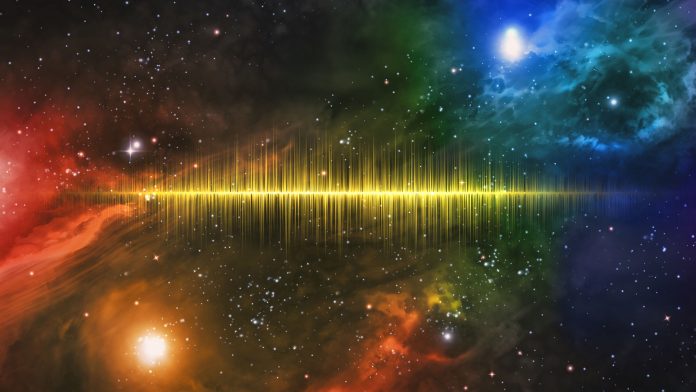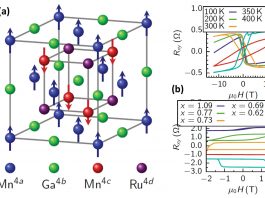A new investigation has discovered radio waves transmitted at lower frequencies than ever detected before in mysterious fast radio bursts.
The study, led by McGill University researchers and members of Canada’s CHIME Fast Radio Burst collaboration, have concluded that the enigmatic fast radio bursts (FRBs) contain radio waves at a frequency lower than ever previously detected.
This sensational discovery has sparked the attention of theoretical astrophysicists worldwide as they seek to uncover the perplexing source of fast radio bursts which has evaded scientists for decades.
Fast radio bursts are just one of a plethora of unsolved interstellar occurrences; these intense bursts of radio waves from the periphery of our galaxy were discovered just over ten years ago, with scientists collating data on their burst duration and frequencies to try and decipher their origin.
This novel discovery could potentially be the most crucial piece of evidence found in solving this cosmic conundrum.
Ziggy Pleunis, a postdoctoral researcher at McGill’s University and lead author of the study, said: “We detected fast radio bursts down to 110 MHz where before these bursts were only known to exist down to 300 MHz.
“This tells us that the region around the source of the bursts must be transparent to low-frequency emission, whereas some theories suggested that all low-frequency emission would be absorbed right away and could never be detected.”
To conduct their study, the researchers analysed a fast radio burst source called FRB 20180916B that was first detected by the CHIME radio telescope in British Columbia in 2018. The source was particularly peculiar due to its proximity to earth and its emittance of FRB at regular intervals.
They then enlisted the help of another radio telescope, the Low-Frequency Array (LOFAR), in the Netherlands. This joint endeavour successfully detected the astoundingly low FRB frequencies – fascinatingly finding a consistent delay of three seconds between the higher frequency waves picked up by CHIME and the lower frequency waves observed by LOFAR.
Daniele Michilli, the co-author of the study, said: “This systematic delay rules out explanations for the periodic activity that do not allow for the frequency dependence and thus brings us a few steps closer to understanding the origin of these mysterious bursts.”
Their findings are published in the Astrophysical Journal Letters.









